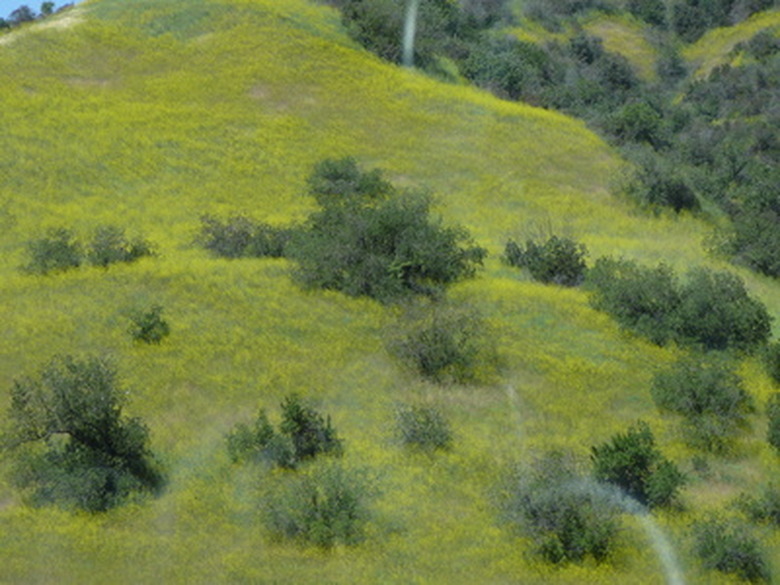Types Of Grass To Plant On A Hillside
Very gradual hillsides can grow nearly any kind of grass, but as the hill becomes steeper, the choices grow fewer. Most grasses have fairly shallow roots and tend to succumb quickly to erosion on moderate or steep hillsides. Choose the right grass from the get-go to stabilize your hill.
Running Bamboo
Bamboo is a type of grass that comes in two main varieties: clumping and running. Clumping bamboo grows in dense stands, but running bamboo sends out lateral shoots, creating what JMBamboo calls "an underground network of rhizomes and roots." This dense network can stabilize steep, unstable hills and even anchor rapidly crumbling riverbeds. Many species of bamboo spread quite quickly and are difficult to eradicate, so take care to create underground barriers between the bamboo and any other plants you would like to grow.
- Very gradual hillsides can grow nearly any kind of grass, but as the hill becomes steeper, the choices grow fewer.
- Clumping bamboo grows in dense stands, but running bamboo sends out lateral shoots, creating what JMBamboo calls "an underground network of rhizomes and roots."
Fescues
For slopes less than 5 degrees, there are an number of more conventional grass strains that will grow well. According to Backyard Landscaping Ideas, the fine-leaf fescues are popular for relatively gradual inclines. These cool-season clumping grasses, such as creeping red, blue and sheep fescue, are well-adapted for cooler regions of the United States, and will perform well into the transition zone. According to Fescue.com, creeping red in particular is quite attractive when left without mowing, making it a good choice for slopes approaching the 5-degree limit, where mowing becomes more difficult.
Buffalo Grass
Buffalo Grass is a low-water, blue-green grass with a wide distribution area. It grows through the great plains and down through Texas. It is a delicate grass, which does not hold up well to high foot traffic. In spite of these characteristics, buffalo grass is actually a good erosion-control grass in some areas. Its low water requirements make it ideal for hillsides in arid areas where wind is a bigger source of erosion than water.
- For slopes less than 5 degrees, there are an number of more conventional grass strains that will grow well.
- In spite of these characteristics, buffalo grass is actually a good erosion-control grass in some areas.
